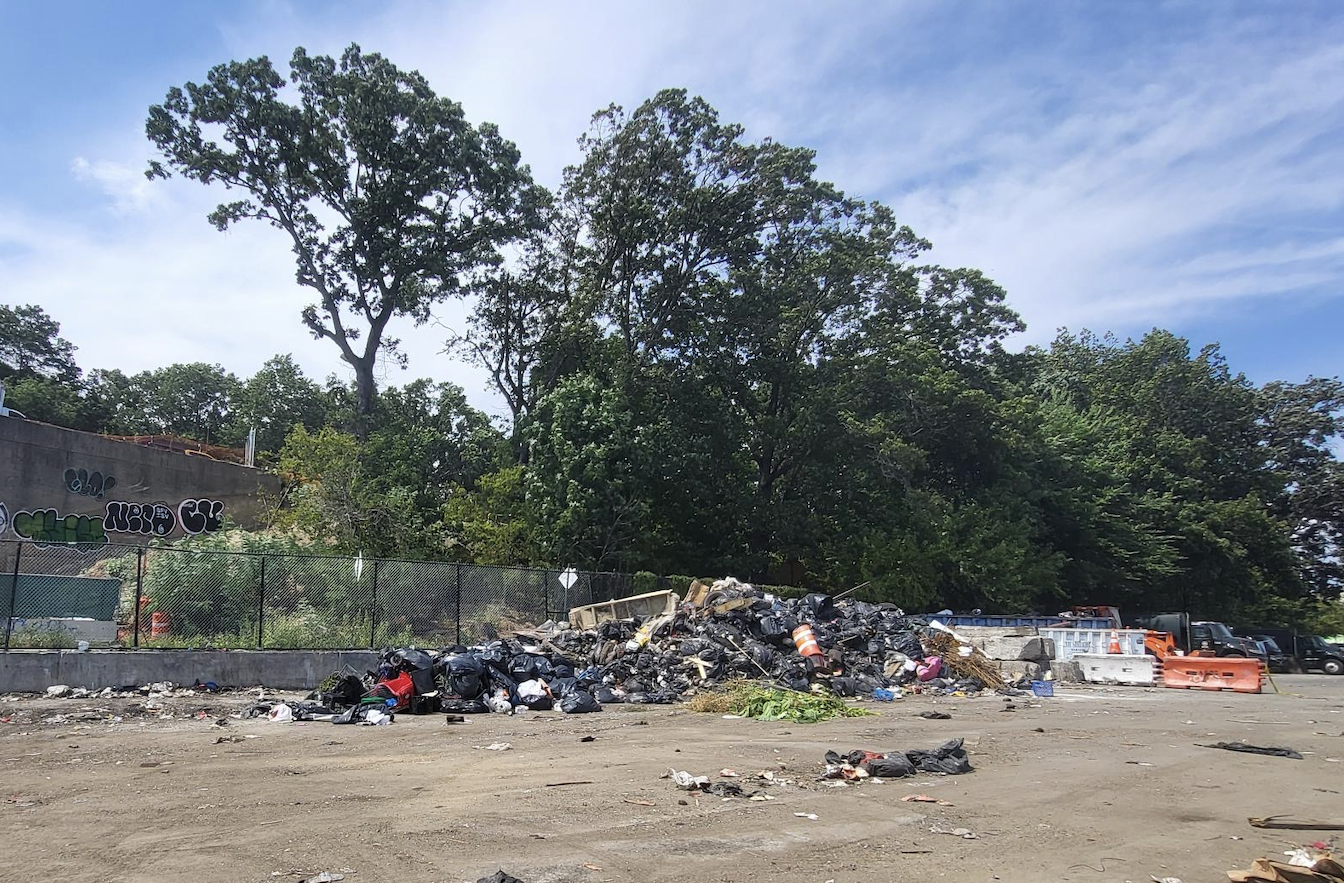Bronx Parks Dumpsite Cleared of 15 Tons, Rats Seemingly Unimpressed by Cleanup

The city’s struggle to manage waste—vividly displayed by a vast, rat-infested trash heap in the Bronx—raises troubling questions about oversight, accountability, and urban livability in New York.
On a muggy August morning in the Bronx, the faint scent of hope mingled with pungent rot. Parks workers, alongside some of “New York’s Strongest”—the city’s sanitation crews—laboured to haul away 15 tons of festering garbage that had accumulated outside the Bronx headquarters of the city’s parks department. The operation, sparked by complaints from neighbours and a pointed exposé by Gothamist, shone an unwanted spotlight on one of New York’s less savoury civic failings: the unglamorous logistics of rubbish removal.
The events unfolded with some predictability. Residents who live near the site had long grown weary of the malodorous pile and the rats it attracted, but the scrap heap only began shrinking after sustained media coverage. Over three days, city workers loaded a mountain of waste—a mixture of illegally dumped debris and detritus from city parks—into a 30-yard dumpster. Pest control followed, and state environmental officials descended for a post-mortem inspection.
For all the sound and fury, the site remains legally ambiguous. Like most rubbish dumps in New York, official or otherwise, it exists in a jurisdictional grey area. The parks department asserts that the facility is merely a “temporary holding area” for refuse collected from the borough’s parks, ostensibly “cleared daily.” Neighbours dispute this, and even after the clean-up, daylight found rats undeterred, darting across the greenway and into whatever detritus remained.
The city’s perennial garbage woes are hardly a revelation. New York generates about 12,000 tons of refuse daily, much of which ends up in similar holding sites before it is trucked out of the metropolis. But this latest episode hints at how even the most basic city services are vulnerable to buck-passing between municipal agencies and insufficient oversight. If the Bronx dump could balloon, unpermitted and unregulated, until shamed by the press, one wonders what other heaps are festering out of public view.
The rat problem is far from trivial. Rodents are both nuisance and public health menace, with documented links to leptospirosis and other maladies. The city doubled its rodent control budget to $60 million in 2023, and Mayor Eric Adams made a minor campaign slogan of “rat reduction.” Yet as the Bronx episode reveals, systemic failures in sanitation still provide a banquet for pests.
Beyond the fetid details, the incident portends simmering tensions over environmental equity. The Bronx, already stigmatised by disproportionate air pollution, overcrowded housing, and chronic underinvestment, once again bears much of the city’s refuse burden. That a government depot, on city land, could so swiftly degenerate—and remain so for weeks—suggests that “quality of life” is not equally distributed across the five boroughs.
If New York cannot keep its own facilities clean, how credibly can officials petition residents to refrain from illegal dumping? The symbolism is puny but corrosive: government is seen shirking its own rules, even as it enforces them elsewhere. Should the state step in, as officials now hint, the city may lose further authority over the management of its own mess—an administrative hard cheese for an already creaking bureaucracy.
When oversight is outsourced
Compared globally, New York’s sanitation system is at once gargantuan and patchwork. The city’s trash is collected by a complex braid of public and private operators, then transferred to distant landfills or incinerators in states as far away as South Carolina. European metropolises such as Vienna and Copenhagen adopt more centralised—and, critics say, less politically fractious—regimes, which better blend recycling, energy recovery, and urban design.
Still, New York’s system is, in many respects, tepidly effective. According to city figures, collection rates remain robust, and curbside recycling bobs along at roughly 18%. The real challenge, as the Bronx debacle shows, is oversight. Community complaints and media scrutiny serve as informal backstops, with the press acting as de facto auditors. Relying on exposés rather than inspections is a wry commentary on civic priorities.
Ultimately, what this trash pile intimates is a deeper malaise. Urban logistics are unglamorous, and rarely a mayor’s preferred legacy, but their visible failure eats away at the compact between city and citizen. A metropolis built on density and diversity cannot afford to treat basic sanitation as an afterthought reserved for outsized emergencies or public shaming.
To our mind, the saga of the Bronx rubbish mound illuminates the peculiar dynamics of accountability in New York. That reporters—and, by extension, the public—must serve as both watchdog and whistleblower for even the most menial functions of city government speaks volumes. Absent systemic reforms, we suspect that the next unsanctioned dump or rodent warren will not be far behind.
Without better data, stricter oversight, and a more equitable distribution of urban burdens, even the most vigorous clean-ups will look like just another round of shovelling in the Augean stables. New York, ever resilient, deserves more than perfunctory remedies for persistent problems. Until it musters the political will for lasting reform, its residents may continue to count rats alongside neighbours. ■
Based on reporting from Gothamist; additional analysis and context by Borough Brief.